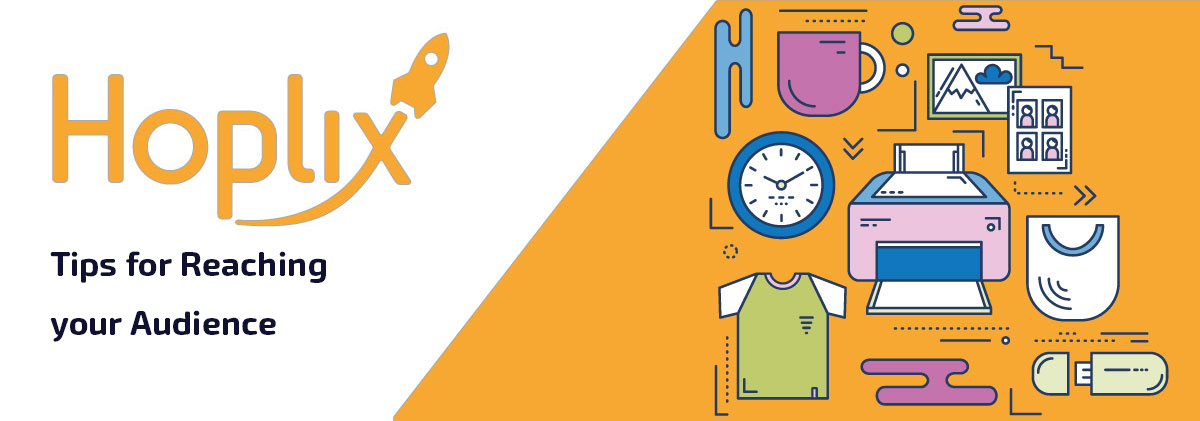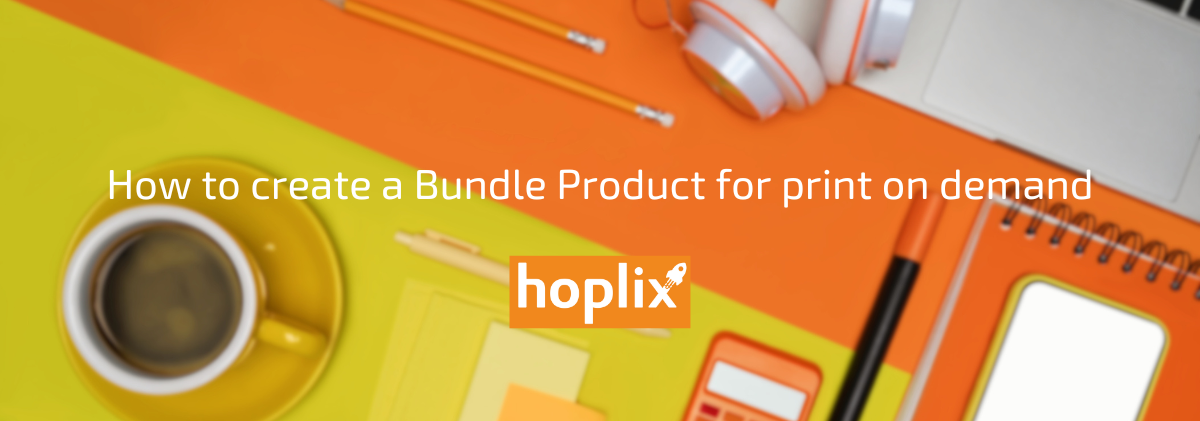If we have identified our target audience, now is the time to understand how we can reach them. There are a whole series of actions, tools, websites that we need to get to know in order to make ourselves known and carry out a successful project. In this article we will give you an overview of the different strategies that you are well aware of.
To be remembered as a mantra, any tool we decide to use: before proceeding it is good to define our goals first. In our case, to sell.
Facebook Ads
One, but not the only, tool that we cannot ignore is Facebook, a very important social and advertising platform. Facebook Ads is a tool made available by Facebook to create paid advertisements on Facebook, targeted to an audience targeted by age, place, interests etc. Facebook is a real interests collector and does so through the users likes on the pages. Precisely this makes the instrument in question formidable making it very effective.
It can be used by everyone but beware: it will be necessary to thoroughly study all its features and potential to avoid making big mistakes and, therefore, invest our money badly.
The functions of this tool are truly multiple and here we want to give you an example: Facebook Ads allows you, among other things, to create personalized lists of users to which you can target your ads in an even more targeted manner based on their web activities. For example, they visited your website and didn’t buy, or they placed products in the cart and didn’t continue with the purchase. You can then choose to create your custom audience starting from users who have somehow shown interest in your website or Facebook page, or from your customers list.
But how much does it cost to create a Facebook campaign? In truth, it’s not possible to give a precise answer because there is no fixed cost for each ad: Facebook scores advertisers based on criteria such as user response, target audience type or sponsorship content. The higher the score, the lower the cost. In summary, those who pay more are not rewarded, but those who create content that according to Facebook is more interesting and of quality.
Facebook allows us to choose to pay based on:
- clicks number: you only pay if the user clicks on the ad
- impression: you pay for each view received by the ad
- action: you only pay if the user performs certain actions by us specified
Luckily, Facebook offers a free online courses number that you can find here. You will have information on how to: choose your goal, select your audience, set the charge type, set your budget, choose the advertising format, measure and manage your ad and much, much more.
Google Ads
With Google Ads, Google’s advertising platform, advertisers pay for certain keywords in order to have their ad appear in the Google search results viewed by users who are believed to be using these words (or queries that link to them) to search what we want to propose. This presence can also be viewable in dedicated advertising spaces visible on third-party websites (related in content to what we want to propose) connected to the Google network (partner), through text, graphic or video ads.
Another advertisement type is the one present in the e-commerce field with products display with relative price, brand and description visible on the right side of the Google search results page. In all cases, it is an advertising aimed at users who directly express an interest in a specific topic. It will therefore be necessary to find those keywords that we believe will be most used by users to get to what we propose.
But how do payments work? When we talk about Google ads, we refer to the auction concept: everyone can pay for their own ad but, when searching for a user, a very fast auction starts in which Google decides which ad is more relevant than in that moment will be visible in first, second, third position and so on. This criterion is called ranking. The ranking is calculated based on some criteria. Some of them are: how much we want to pay, the relevance, quality and impact of our ad.
What about the costs? First of all, it is good to clarify that we will only pay if our advertisement receives clicks (the so-called Pay per Click), that is, we will pay for each click received. review and choose how much to spend, how long the campaign should last, modify it or interrupt it in progress. You can choose how much to spend, how long the campaign should last, modify or interrupt it in progress.
For further information and courses to follow, visit Google Digital Training by clicking here.
TikTok Ads
We must not underestimate this tool because the market is moving towards this social network at the moment dedicated to the very young but it is to be assumed that the users age range will rise as has already happened with other social networks. Also in this case, the first step is to understand what our goal and target audience is.
Here too it is possible to target the public based on age, gender, interests, pixel tracking, device used and so on. But which and how many types of sponsorship do we have available? We show you some of them. We can choose full screen campaigns (so called brand acquisition ads) which are displayed to the user when the application starts and may contain internal or external links; hashtag challenge campaigns useful to entice users to share their content by accepting a challenge through the use of a hashtag; in-feed ads campaigns that consist of advertising content that is displayed by the user when they scroll through their feed and which, when clicked, direct the user to an external landing page on your website. But the options don’t end there.
In order to use TikTok Ads you will need to create a business account here and wait for approval from TikTok.
As you can guess, the platform is quite complete and functional and has little to envy to the others one. It should be assumed that one day even small companies will be able to invest in advertising campaigns.
SEO Positioning on Search Engines
SEO positioning is an activity that must never be missing. It includes all the optimization activities useful for making a website appear among the first search results on the main search engines. These are useful activities for getting organic (non-paid) traffic on certain keywords. The SEO activity is all based on the search engines algorithm, which is different for each of them. An algorithm simply indexes websites by providing search results based on the keywords used by users for searches.
A good SEO job requires optimization on all the major search engines, work that must necessarily be constant as the algorithms are very frequently updated. Also, always remember that having a good ranking does not necessarily mean having conversions: make sure you understand WHAT your users are looking for and if you can offer it to them. Only by understanding this will you be able to use the right keywords and content that will attract your customers.
Some free tools to get started:
- Google Analyitics
- Google Search Console
- SeoZoom (free for some basic functions)
Pay per Click Websites
As mentioned in Google Ads paragraph, Pay per Click is another way to acquire visits to your website in order to achieve a good positioning especially in the initial phase, when the visits are still few. In particular, it involves creating advertisements that will appear only upon entering a given keyword chosen on search engines. The advantage lies in the fact that we will pay only if the user clicks on our ad, in the low costs and in the fact that we will be freely searched for by the users of our target audience. One of the many tools that allows us to do this is still Google Ads, through which we will be able to know information that will allow us to improve our future campaigns, information such as: visitors geographical area or the keywords that they used and that brought them to us.
Main Marketplaces Presence
Last but not least, the possibility of being present also on the main international marketplaces such as the giant Amazon, Ebay, WooCommerce, Etsy. A presence, to date, not at all obvious to obtain greater visibility in a broader strategy that includes all the points listed in this article. In general, one of the first advantages is that these main marketplaces are already optimized on search engines, so if our potential customer goes to look for the product we sell, he will be able to land more easily on our store.
This has disadvantages as we will not be the only ones to offer that product on the marketplace and the competition will therefore be very high. At the same time, however, the competitors presence will help us to understand, in a broader strategy, what is the actual product demand and what we can do to improve our offer.
A non-generalist marketplace in which we want to invest a few words, given that it is less known but no less valid, is Etsy. Born as handmade and very original products showcase, Etsy stands out for its whimsy. It’s therefore clear that personalized products such mugs, t-shirts, sweatshirts are well placed in this type marketplace. Being present means giving your products more visibility in a place where users do specific searches.
Conclusions
We know that entering the Print on Demand world and, more generally, online sales, can be difficult for those who are fasting but there is no need to worry because the fundamental thing is to study and be updated. And this is something everyone can do. You too. We hope to be able to give you an idea of what the steps to take and in what order are, as well as having collected for you a whole series of tools, many of which are essential, which you will need to use to start working in this world. Now it’s your turn to put it into practice. Are you ready?




